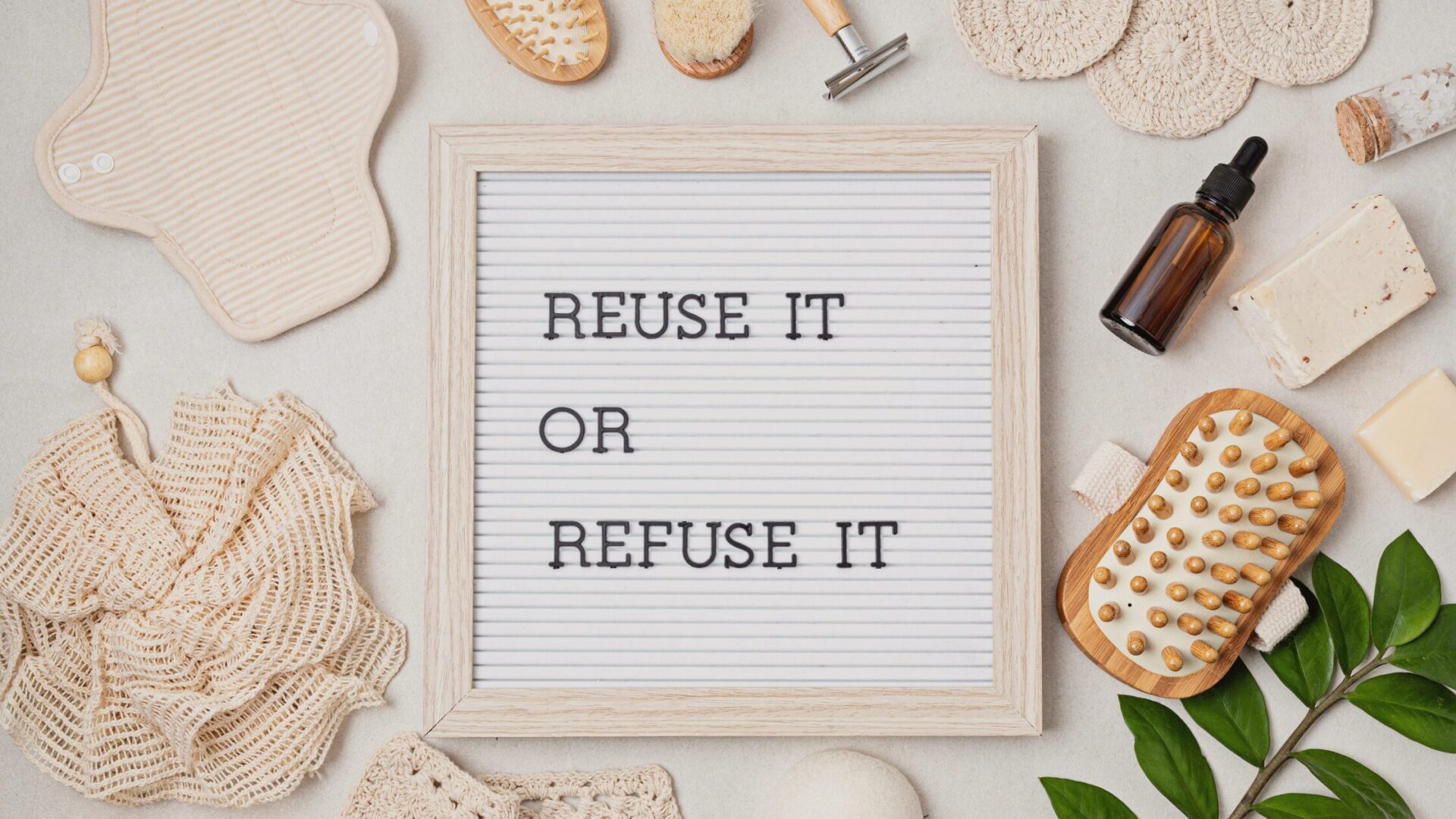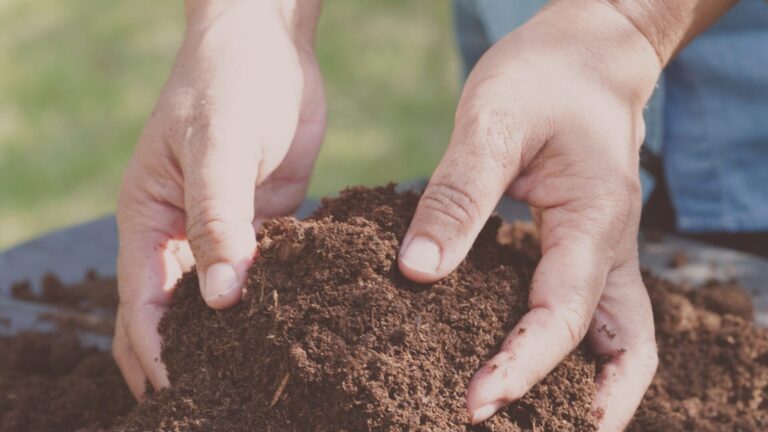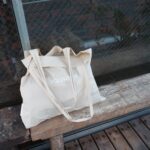For years, we’ve been told that recycling is the cornerstone of environmental responsibility. Sort your plastics, rinse your jars, separate your cardboard—and you’re doing your part, right? But here’s the uncomfortable truth: recycling was never meant to be our primary strategy. It’s the safety net, not the solution.
Enter the 5Rs framework—a more comprehensive, upstream approach to sustainability that challenges us to rethink our relationship with consumption before waste ever enters the picture. If the traditional 3Rs (Reduce, Reuse, Recycle) focused on managing what we’ve already used, the 5Rs ask a more fundamental question: What if we never needed to throw it away in the first place?
From 3Rs to 5Rs: A Paradigm Shift
The original 3Rs served us well. They introduced the concept of waste hierarchy and encouraged people to think beyond the trash bin. But they had a critical limitation: they primarily addressed the end of a product’s life cycle.
The 5Rs expand this framework by adding two crucial principles at the front end—Refuse and Repurpose—and repositioning recycling as the last resort, not the first response. This shift moves us from reactive waste management to proactive waste prevention.
Think of it this way: the 3Rs asked, “What do we do with things that have become trash?” The 5Rs ask, “How do we design a life where less becomes trash to begin with?”
The 5Rs Explained: Your Roadmap to Sustainable Living
1. Refuse: The Power of Saying No
Refuse sits at the top of the hierarchy because it’s the most effective waste prevention tool we have. It’s about exercising discernment before items even enter your life.
Practical applications:
- Decline single-use plastics at cafes and restaurants (straws, plastic cutlery, disposable cups)
- Carry reusable bags and water bottles everywhere
- Say no to promotional freebies, business cards you don’t need, and junk mail
- Choose products with minimal or no packaging
I’ll admit—when I first started carrying a reusable water bottle and tote bag, I felt self-conscious. Would I remember them? Would it be inconvenient? But once it became routine, these items became as essential as my phone or wallet. The mental shift from “I might need this plastic bag” to “I already have what I need” was surprisingly liberating.
2. Reduce: Consume Less, Choose Better
Reduce asks us to examine our consumption patterns and cut back on what we use—not out of deprivation, but out of intentionality.
Practical applications:
- Print double-sided or go fully digital
- Meal plan to minimize food waste
- Buy in bulk to reduce packaging
- Audit your energy and water usage
Reducing isn’t about living with less quality—it’s about eliminating the excess that doesn’t serve you. When you reduce mindlessly, you create space for what matters.
3. Reuse: Extend the Life Cycle
Reuse is about getting maximum value from the things you already own. It’s the antidote to our disposable culture.
Practical applications:
- Swap disposables for durable alternatives (cloth napkins, metal water bottles, rechargeable batteries)
- Reuse shipping materials, glass jars, and food containers
- Repair clothing instead of replacing it
- Participate in secondhand economies—donate, sell, or swap items you no longer need
Reuse also means resisting the cultural pressure to constantly upgrade. Your phone still works. Your coat is perfectly fine. Choosing to use what you have is a radical act in a consumer-driven world.
4. Repurpose (Upcycle): Give Items a Second Act
Repurpose—also known as upcycling—invites creativity into sustainability. It’s about seeing potential where others see trash.
Practical applications:
- Turn old T-shirts into cleaning rags or tote bags
- Use glass jars as storage containers, planters, or candle holders
- Transform cardboard boxes into organizers
- Refinish or reupholster furniture instead of discarding it
Repurposing doesn’t require Pinterest-level crafting skills. It’s simply about asking, “Can this be useful in another way?” before you toss it.
5. Recycle: The Final Frontier
Recycling remains important—but it’s the last step, not the first. After you’ve refused, reduced, reused, and repurposed, recycling gives materials one more chance at utility.
Practical applications:
- Properly sort paper, plastic, glass, and metal according to local guidelines
- Rinse containers to prevent contamination
- Compost organic waste instead of sending it to landfills
The key is understanding that recycling is resource-intensive. It requires collection, sorting, cleaning, and reprocessing—all of which consume energy. That’s why preventing waste upstream is always preferable.
Expanding the Framework: Repair, Rot, Recover, and Rethink
Depending on the context, you may encounter variations of the 5Rs that include additional principles:
Repair encourages fixing broken items instead of replacing them. Community repair cafés, where neighbors gather to mend everything from clothing to electronics, are gaining traction globally. Choosing products with warranties or modular designs makes repair more accessible.
Rot (Compost) closes the loop on organic waste. Whether you have a backyard compost bin or a countertop vermicomposter, returning food scraps to the earth reduces landfill waste and creates nutrient-rich soil.
Learn more about composting here
Recover focuses on extracting value—energy or materials—from waste at the municipal or industrial level. While most of us won’t implement this individually, it’s a reminder that waste can be a resource.
Rethink is the philosophical foundation of all the Rs. It asks us to examine our consumption habits, question our needs versus wants, and align our choices with our values. It’s the mindset shift that makes everything else possible.
The Unexpected Gift: Lightness of Living
Here’s what surprised me most about adopting the 5Rs: it didn’t feel like sacrifice. It felt like relief.
Fewer possessions mean less to organize, clean, and mentally manage. When you refuse unnecessary items, your space stays clearer. When you reduce consumption, you spend less and save more. When you reuse and repair, you develop a deeper appreciation for what you own.
There’s a quiet richness in choosing carefully rather than accumulating endlessly. The 5Rs framework taught me that sustainability isn’t about having less—it’s about having enough, chosen with intention.
Getting Started: Small Steps, Lasting Change
You don’t need to overhaul your entire life overnight. Start with one or two habits:
- This week: Refuse plastic bags and bring your own.
- This month: Audit what you throw away and identify one category to reduce.
- This year: Learn a basic repair skill—sewing a button, patching denim, or fixing a wobbly chair.
Sustainability isn’t a destination; it’s a practice. Progress, not perfection, is the goal.
And when you slip up—because you will—don’t abandon the effort. The 5Rs aren’t about judgment; they’re about awareness. Each conscious choice, however small, contributes to a larger shift in how we live on this planet.
Final Thoughts
The 5Rs offer more than an environmental strategy—they offer a different way of being. They invite us to slow down, choose deliberately, and recognize that our daily decisions ripple outward in ways we may never fully see.
In a world that constantly tells us to buy more, do more, and be more, the 5Rs whisper something countercultural: You already have enough. Use it well. Care for it. Let it be enough.
That’s not deprivation. That’s freedom.








